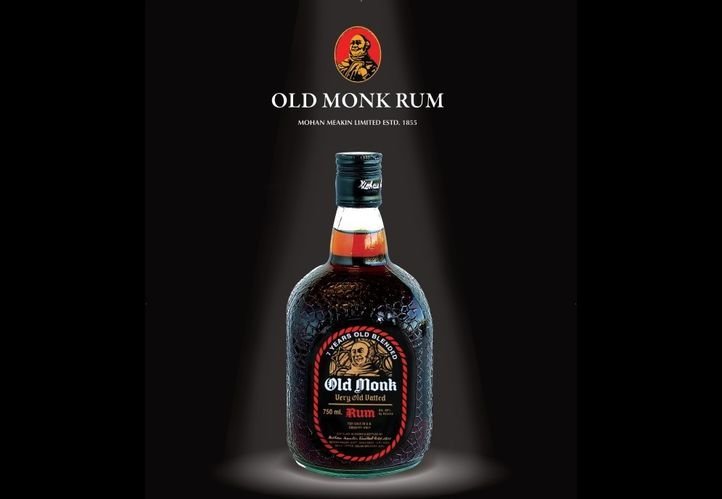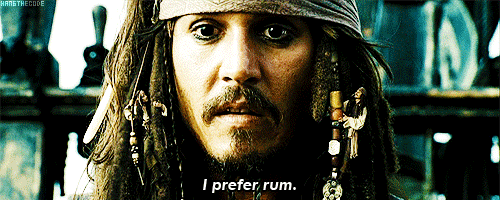I remember not long ago, watching my mother and her friends sitting at dinner, howling with laughter. “A trip down memory lane” they called it, glasses glistening in their hands, holding what I thought at the time to be some magical dark nectar. Turns out, it was just Old Monk. Watching these women relive their glory days was mesmerising. 40 years on, everything had changed, and yet what remained the same was their friendship and their glasses of Old Monk.
“Back then, it was really the only thing we could afford”, exclaimed my mother. Old Monk was a good rum then, and somehow, it is still a good rum now. A few years later, I sat with those same women and had my first glass of rum and coke. I didn’t quite get what all the fuss was about. It was a nice drink, but even in my short drinking career, I had had better.
But I guess that was the thing about Old Monk, it was an acquired taste, an older taste, something lost in the corridors of time. There are hardly any people left who still enjoy the drink as much as they did when it first appeared.

Old Monk hasn’t changed much over the years. It still comes in a distinctive bottle, short and fat – much like the men who drink it. There was a time when Old Monk had the rum market nicely sewed up. There were other brands but they never compared in quality and popularity. About eight million bottles were sold annually. Today, the sales are a quarter of that and they continue to decline.
There are a number of things that have led to this. First, with the easing of import laws, other players have had a chance to enter the market. International brands have made their way into the hands of eager Indians.
Biggest of these brands would be Bacardi, an interloper from Puerto Rico, the worlds biggest producer of rum. Bacardi is now distilled and bottled in India and unlike Old Monk, which only offers dark rum, Bacardi gives people options. One could have it dark (robust), gold (smoother) or white (perfect for mixing cocktails).

With the introduction of Bacardi, came the age of cocktails. Mojitos, Daiquiris, Piña Coladas etc. pulled in an entirely new demographic of drinkers — the women. Women began to take notice of the pleasures of white rum and all that could be done with it. And thus Old Monk slid further back in the booze cupboard, gathering dust.
However, Old Monk still remains popular with certain classes of people, mainly artists, journalists or those in the armed forces. They drink it either because they like the taste, or because they like the memory. Either way, Old Monk is a drink best enjoyed in a verandah, watching the rain in Delhi or by a beach in Goa with the waves crashing at your feet. Old Monk goes best with your close friends and possibly smoke from something illegal floating in the air. It is more a Press Club of India gulp than a sophisticated bar in South Delhi drink.
Today Old Monk is on the decline. Its sales are dwindling and it has tough competition even from Indian brands. McDowell’s No 1 Celebration, another dark rum, now outsells Old Monk by a wide margin. McDowell’s owes its success to Diageo, the international liquor giant that bought the brand. It markets and promotes its labels very aggressively. So well that Old Monk never stood a chance. In this David and Goliath tale, Goliath was the clear winner.

















